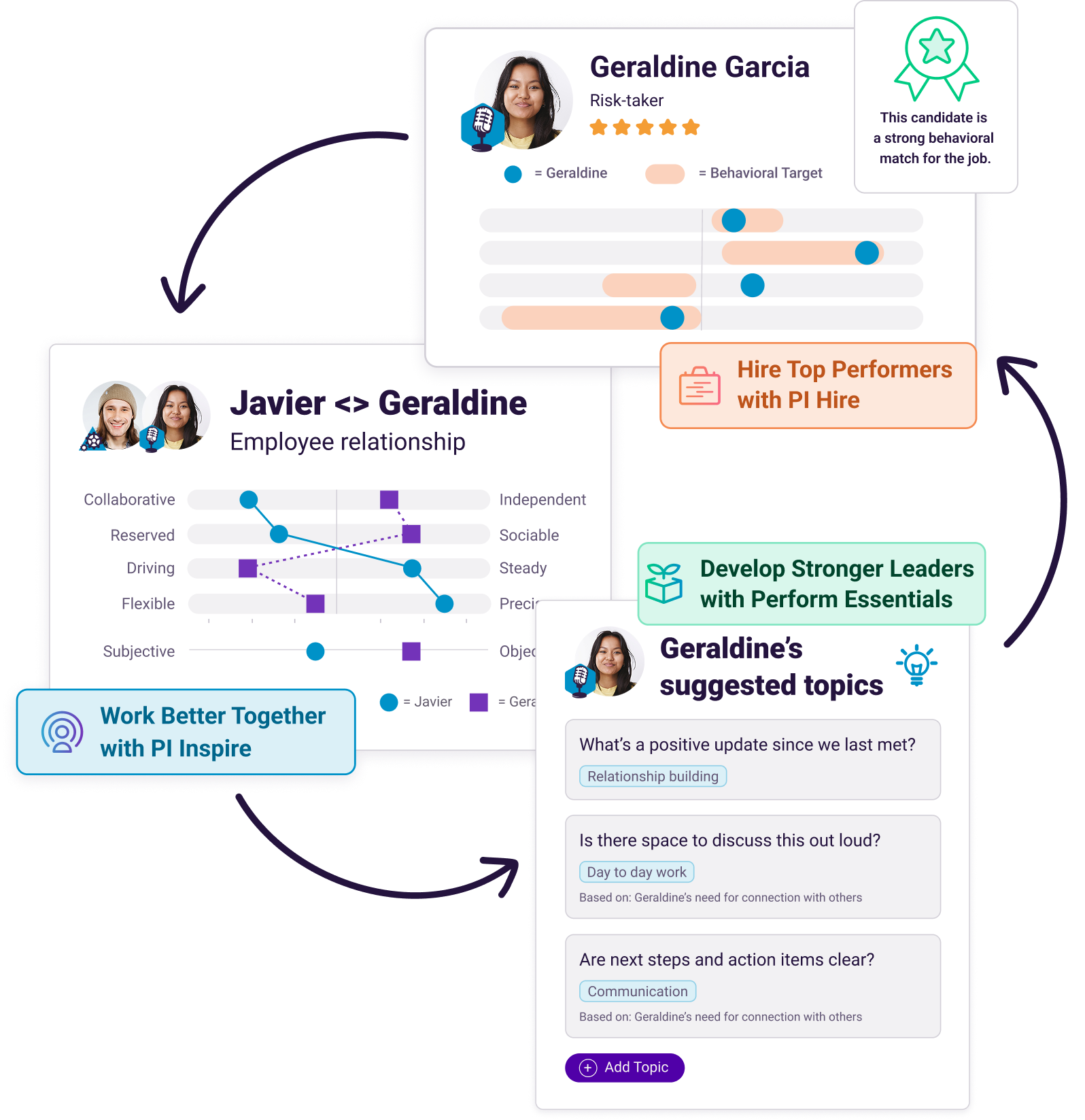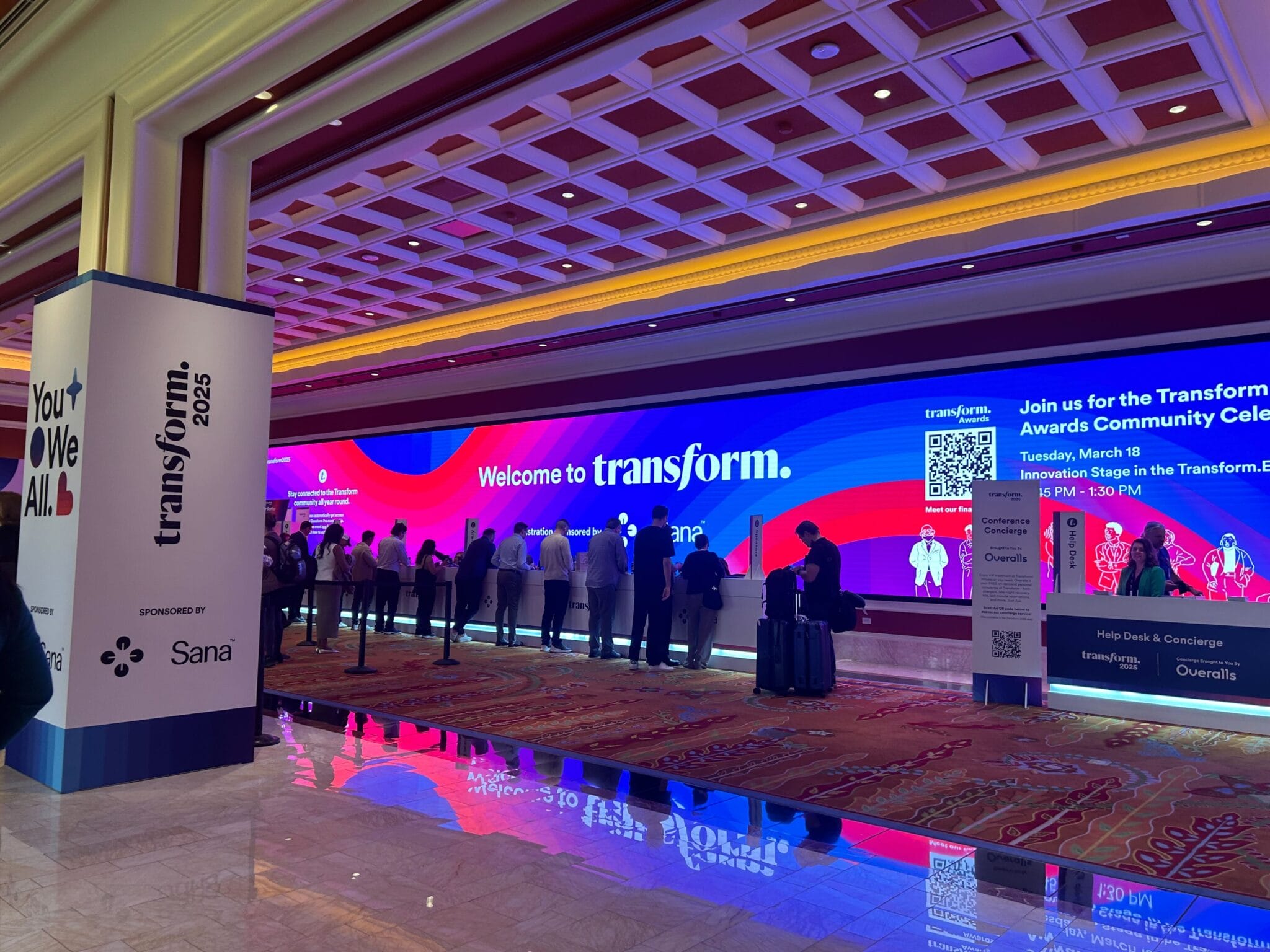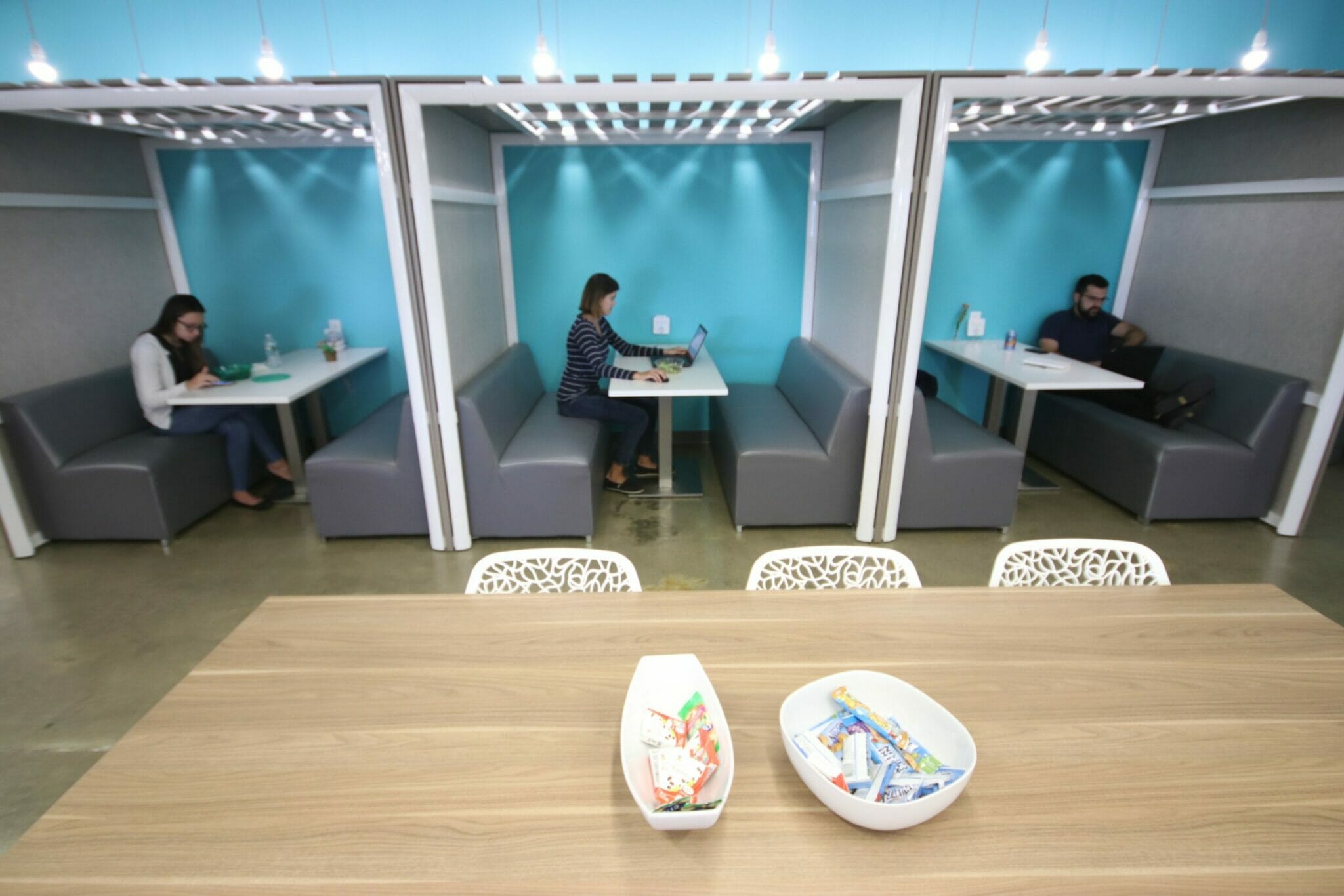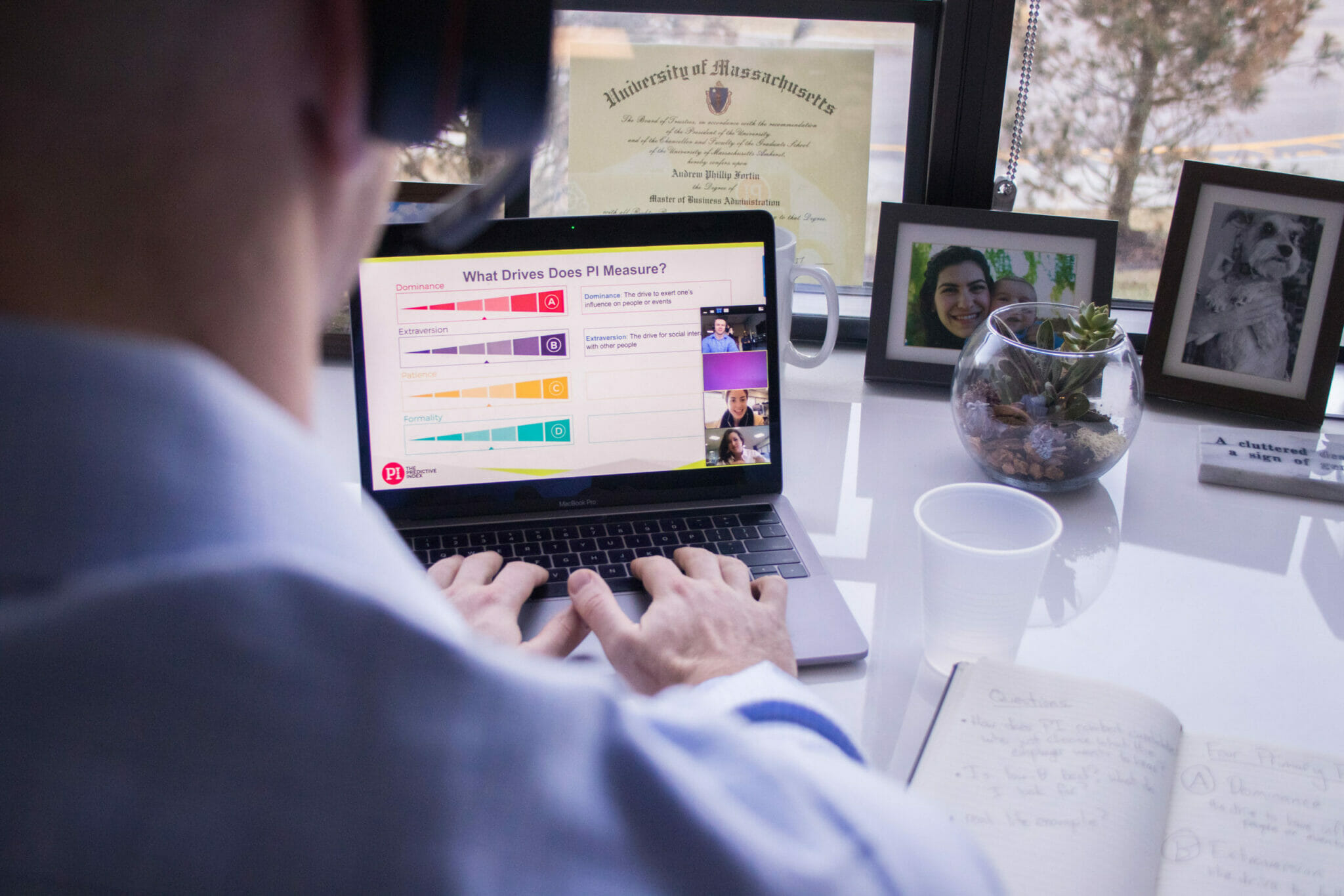The 2018 State of Remote Work study found that 54% of companies offer remote work opportunities—whether full-time or part-time. These flexible work policies allow employees to work from where they’re most productive while creating better work-life balance.
However, while convenient, working remotely can be challenging. For instance, many employees can find themselves distracted by chores or commotion around their workspace. It can even lead to a lack of motivation. Others may find they’re less productive working remotely than when they’re in the office. It’s these aspects of working remotely that can do more harm than good to a company and its bottom line.
Here are five tips to stay motivated and productive when working remotely:
Get the right tools.
Fortunately, the technology to support remote work is readily available. Team communication platforms, such as Slack and Microsoft Teams, make connecting with teammates in real-time easier than ever. Project management platforms allow team members remote and in-person to keep track of tasks and deadlines. Video conferencing technology, like Zoom, has created opportunities for remote employees to have virtual facetime with their colleagues. The Meeting Owl has made it possible for remote employees to see everyone in a meeting room simultaneously.
Eliminate distractions.
A study done at the University of California Irvine found it takes approximately 23 minutes to refocus your attention after you’ve been distracted. While there are undoubtedly distractions in a physical work environment as well, if you’re working remotely, there can be so many more things that capture your attention—whether that’s TV, roommates, a spouse, children, a pet, or chores. If there are other members of your household around during work hours, be sure they know not to bother you unless it’s an emergency.
To set yourself up for success working from home, eliminate or reduce distractions. This can be accomplished by creating a dedicated office space in your home from which to work, or signing up to join a local co-working space.

Create a schedule.
Schedules can help to create consistency and boundaries. Consider creating your schedule based on work hours for your colleagues, both those in-office and remote. For instance, at The Predictive Index, most of our teams start at 8:30 am and end their day at 5 pm. While start and ends times can occasionally be flexible, adhering to a schedule can help others know when you’re available and hold you accountable to your own project deadlines.
Bonus tip: Set an alarm for meetings you have to ensure you call in on time.
Eliminate non-productive websites.
Just because a boss isn’t looking over your shoulder doesn’t mean you should be on social media, shopping, or other “fun” websites all day. Put a moratorium on these sites and only visit them during the break periods you set for yourself in your schedule.
Get in the right mindset.
What motivates each individual to be productive is subjective. One key that applies universally is getting in the right mindset. This goes alongside setting your environment up for success. Some ideas:
- Grab a cup of coffee.
- Get dressed as if you’re going to work.
- Set an alarm for when your workday starts.
- Use separate internet browsers for personal and professional web use.
While working from home isn’t for everyone, it’s an option more companies are pursuing as office overhead becomes more expensive and employees desire more flexible work opportunities. These tips will help you get on the right path to making remote work a success.








